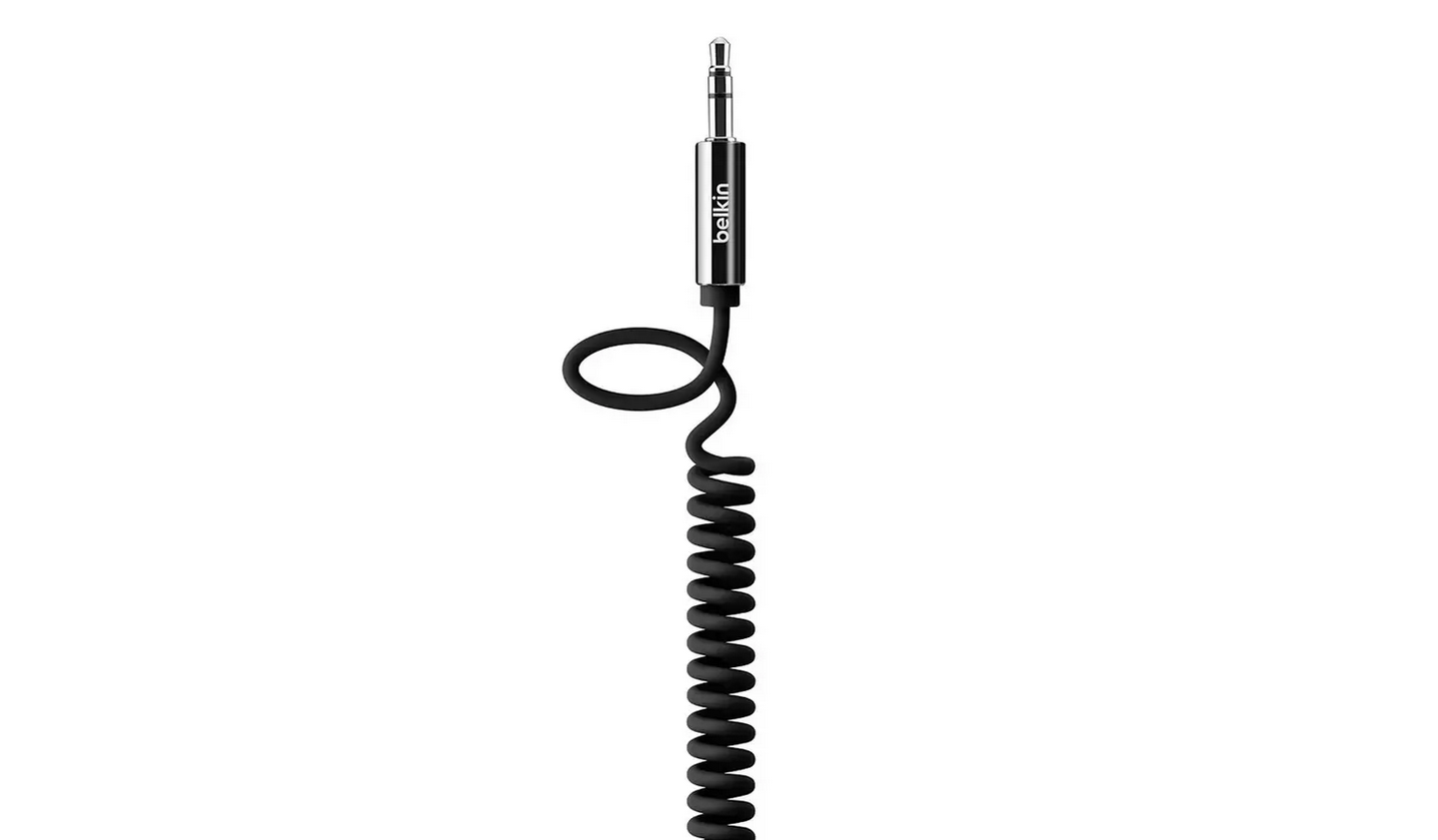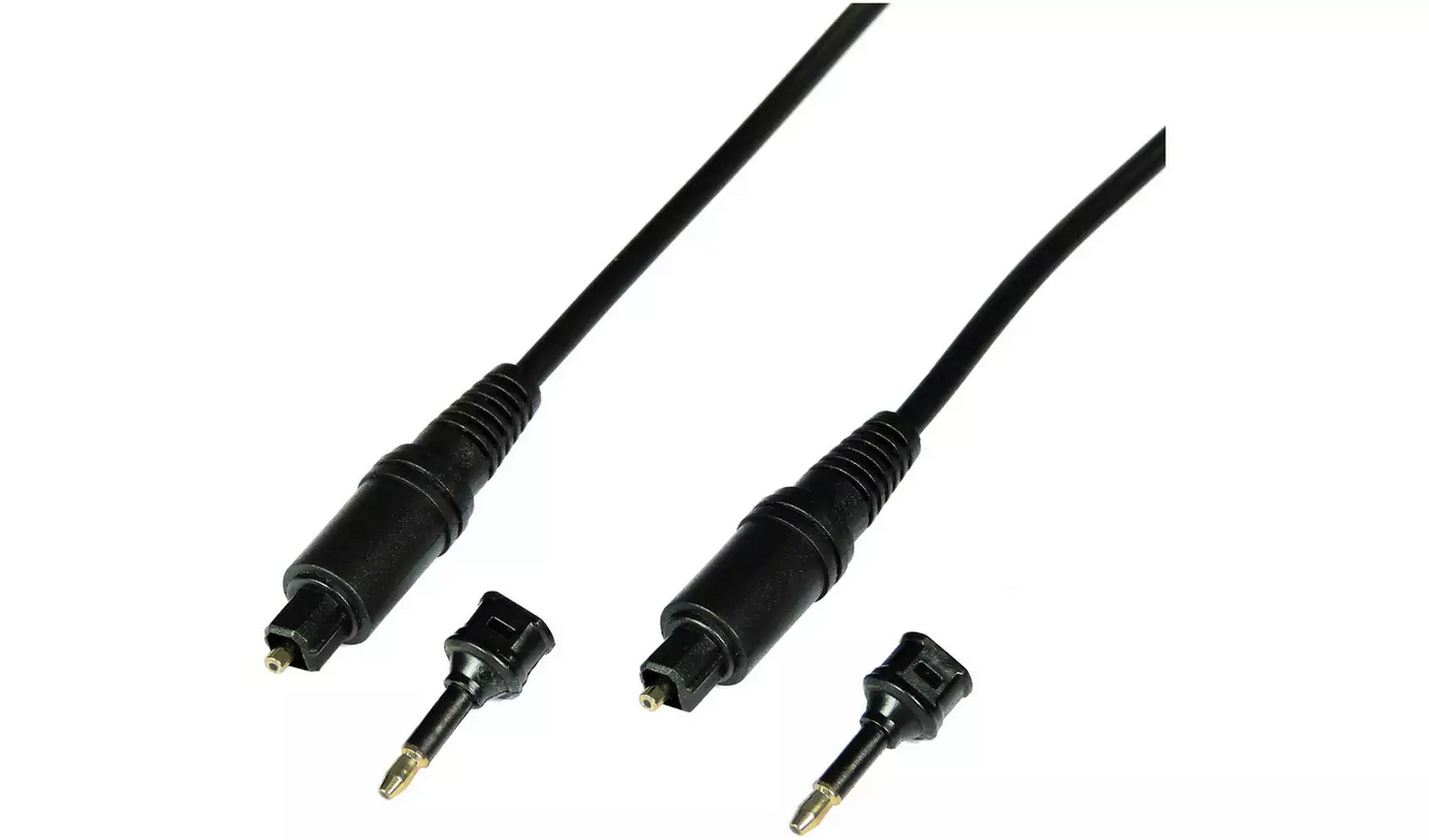
If you are looking at connecting a sound bar to your TV, you may find various ways that you can connect. This means you can pick the best connection for your TV based upon the compatible connections and your own preference. In this article we look at the different connection types you can use with sound bars.
Using an AUX connection
One of the most common connections you may find is an AUX (or auxiliary) connection. This uses a standard ‘headphone jack’ connection typically into the headphone port of the TV.
With an AUX connection, you may find with this connection that the audio cuts out from the TV and plays directly through the sound bar. This is because it will work the same was as plugging a pair of headphones into the TV. The benefit of choosing this connection is that it requires minimal setup.

Going wireless with Bluetooth
You may find you want to choose a wireless connection to reduce the need for cables. To do this, you can connect via Bluetooth. If your sound bar has Bluetooth, you will need to put the Bluetooth into pairing mode and then select it via the Bluetooth list on a compatible TV. The sound will also cut out on the TV as it is a single sound output, so would only produce sound via the device connecting.
You may need to set the TV to a minimum sound output when connecting via Bluetooth. The reason for this is to ensure the sound bar can pick up the sound output, otherwise it is possible the sound bar may turn itself into an automatic standby. For example, if you set the TV volume to 15 to begin with, once the sound bar is connected you can lower the volume without the sound bar reading the TV has no volume output.
Connecting with an Optical connection
Optical connections are usually chosen as they can deliver better sound quality. For this connection type, you will need to make adjustments to the sound settings. Specifically, your TV is likely to have a ‘digital out’ setting and this will need to be changed to match the optical connection being used. Once set, the sound bar should produce audio via the optical connection.
Getting great sound quality with HDMI CEC
HDMI CEC connections also offer great sound quality for the connected sound bar. For this connection type, you will need to ensure your TV is HDMI CEC compatible. This information is usually written on the HDMI port itself or will be in the user manual. Simply plug the HDMI cable into the HDMI CEC port, and adjust the necessary HDMI CEC settings found in your TV’s sound settings.
To summarise…
Whilst the connections types are different, they should all achieve the same end result. Please note that not all sound bars will have these connections, and it will also depend on the connections with the device being paired with. For more information on connecting your sound bar, always refer to your user manual and contact the relevant support team if needed. You can browse our sound bars here.
